How To Decide What Food Storage Works For You
Today, it’s about how to decide what food storage works for you! I keep thinking about a very nice man’s statement about buying food storage on my Food Storage Mom’s Facebook page. His comment has stuck in my mind for a few weeks, so today is the day I will address how food storage works. I’m updating this post from January 2018, boy that seems like a long time ago. Please store fuel: Emergency Fuel To Store For Survival
He mentioned that only the rich can afford #10 cans of freeze-dried or #10 cans of dehydrated food. He asked me to write about how a family with less money can afford to buy food storage. If you are wondering what a #10 can is, it is a metal can that measures 7 inches (18cm) high and 6-1/4 inches (16 cm) in diameter. It can be filled with various foods.
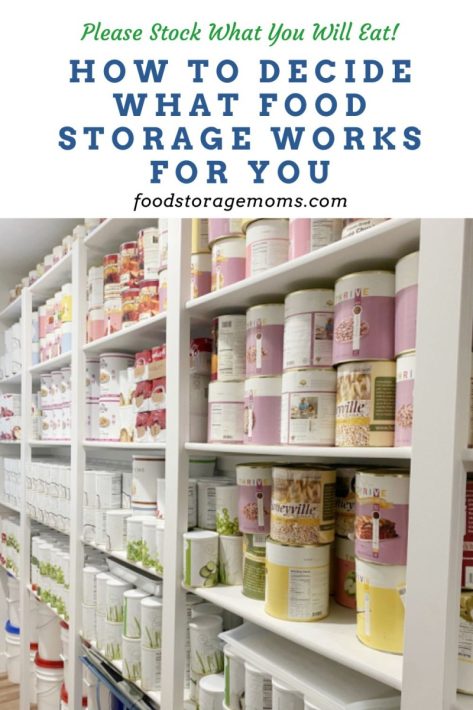
First, I wouldn’t say that only the rich can afford #10 cans; I am not rich. Yes, I have purchased several #10 cans because I wanted food with a longer shelf life. Some of my #10 containers have up to 25 years of shelf life. Here again, it all depends on the temperature where it is stored. Here’s the deal: that was critical to me. Now, I do not store only #10 cans.
It’s taken me years to build up my food storage supply. I store various foods in different sizes and containers. I would love comments from my readers on how food storage works for you. Many have read your comments, and I appreciate your thoughts and ideas. That’s how I roll.
Food Storage Works With #10 Cans
I prefer buying basics like freeze-dried fruits, vegetables, meats, and cheeses. I buy a few #10 cans of dehydrated vegetables, but very few because they have a shorter shelf life in most cases. This all depends on your brand and the product you choose to buy.
One really important thing you need to think about when buying #10 cans is comparing apples to oranges so to speak. I sign up for emails to watch for awesome sales and buy when the sales meet my needs. Please look at the ounces per can and the cost to ship it, if necessary. Don’t be surprised about the HUGE difference in price per ounce including shipping. Money is money, and we need to be careful before we push the click button to order.
I prefer #10 cans from Thrive Life, but I have purchased a few cans from Augason Farms. I really only want fruit, vegetables, meats, and cheeses to prepare my own recipes. Please note that you don’t need a particular cookbook to make your food storage work. UPDATE, I now only buy pantry size cans that are much smaller. They are 5 1/2 inches tall and 4 inches diameter.
Here is the reason I prefer the smallet pantry size cans. My family is now down to two people. I can open a pantry can, remove the oxygen absorber and place what I don’t use in a quart mason jar and seal with my Dicorain that Ray suggested we all get. Dicorain Post
The food items mentioned above need to be hydrated, and you are ready to cook any recipe from your grandma’s cookbooks. I promise. Vegetables are vegetables. Cheese is cheese. Meat is meat. Freeze-dried foods can be eaten right out of the can, so freeze-dried fruit right out of the can is perfect.
Is it freshly picked? Of course not. But it tastes great. Is the cheese freshly grated? No, it is not. But it works great in casseroles. Here again, grab some cookbooks or recipes cards from relatives, that’s all you need.
Freeze-Dried
Pros: food lasts longer
Pros: the food is already washed, chopped, sliced or grated
Pros: you can eat the food right out of the can
Cons: more expensive
Dehydrated Food
Pros: costs less money
Pros: the food is already washed, chopped, sliced
Cons: shorter shelf-life, typically 6-10 years maximum
Cons: must be cooked and uses fuel to heat it
Cons: cannot eat directly from the can (it’s hard as a rock)
Food Storage Works With MRE’s
These are similar to the MREs that are served in the military, but some have improved a little. I’m not interested in buying or making them by filing bags or jars. I have always believed to do it right the first time. This doesn’t mean those who choose to buy these or make the items themselves are wrong. Not at all.
I personally will not eat them. We are all different and have different budgets. Please read the ingredients before you purchase them. If you can’t pronounce the words, think again.
What’s nice about them is that you typically open the bag and add hot water, tepid water, or boiling water. I have tried many, and I have to say Mountain House is one of my favorites, although I chose not to store them because of their short shelf life.
Food Storage Works With Pantry Items
I would love this pantry:
Pantry item examples are things like flour, yeast (store in frig), sugar, honey, salt, spices, baking powder, baking soda, vanilla, chocolate (I had to add that one), and everything you need to make bread, crackers, biscuits, muffins, pancakes, etc. You know what I’m saying: everything you need to cook from scratch.
Food Storage Works With Home Canned Food
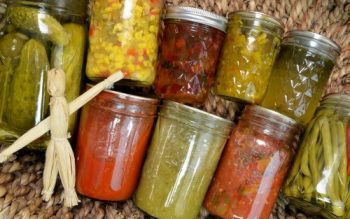
Nothing is more gratifying than seeing those freshly canned jars on shelves. I don’t can food like I did when I had a large family of six. When you have six in the family, you can preserve a lot of food, save money, AND teach your kids to work.
I can a few dozen jars these days, but nothing like I did when I had my girls picking, blanching, peeling, and filling jars. I miss making applesauce. Growing a garden gave us an abundance of vegetables to pressure can together. I can’t even think about all the green beans we snapped together. Life is good with good kids!
Each week, my girls ate freshly baked bread with a quart of peaches they helped preserve. Life is good when we work together as a family to preserve food together. Here again, food storage works.
Food Storage Works With Grocery Store Cans
Now, let’s get serious here. I have cases or bags (stored in air-tight containers) of the following foods that I can make many meals with:
Applesauce
Beets
Corn disclaimer here: I went against everything I believe in and bought some genetically modified corn (it does not taste like corn; I repeat, it does not taste like corn). Okay, I got that off my chest. I will never buy corn unless it says USDA NON-GMO.
I was shopping with Mark, who does not know as much as I do about corn, and I caved and bought the cheap stuff. I am returning it to the store. I had to throw out the pot of soup. I thought it was corn; I opened another can of that brand of corn, and it tasted like a pesticide. I kid you not.
I look at corn on the cob totally differently these days. It makes me sad because my girls and I used to blanch, scrape, and freeze bags of corn. It was delicious, but that was back in the 1970s before Monsanto came into the picture the way they do now. How can seeds, a growing organism, be patented? I shake my head in disappointment. I still eat fresh corn on the cob when it is in season here in Utah. It’s so good!
Green Beans
Chilies
Salsa
Peanut butter
Jam
Crackers
Beans (every kind of bean in cans-ready to eat)
Beans in bags
Pasta
Rice
These are just a few items to help you feed your family after any natural disaster or unforeseen emergency, and if your house is still standing and you have not been evacuated. This post will give you even more ideas: 58 Frugal Kitchen and Pantry Items You Need
Food Storage Works With Water
As you know, water is needed every day. I recommend four gallons per person per day. You need it to cook, stay properly hydrated, for personal hygiene, and to wash clothes—or at least your underwear.
All I can say is do it, one can at a time, a bag of rice, a jar of spaghetti sauce, etc. If you missed my free printable here it is: Where Do I Start-Planning Schedule
Survival Food And Emergency Food Storage
Final Word
If there was ever a time that we must stock up ib food it is now. Water is critical as well. We must hhave those prep items we may need like a Butane Stove, Camp Chef Stove/Oven, SunOven (only if you have a lot of sunshine), fuel, Dutch ovens, please get what you need now.
Copyright pictures: Cans: AdobeStock_74796041 by Freshly, Bottles: AdobeStock_68269335 by Shelley Stuart, Grains: AdobeStock_54588440 by Marilyn Barbone, Pantry: AdobeStock_181283597 by Iriana Shiyan

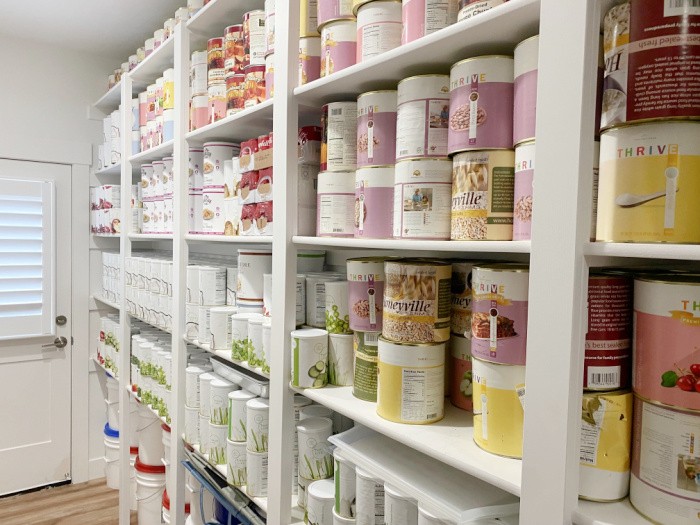

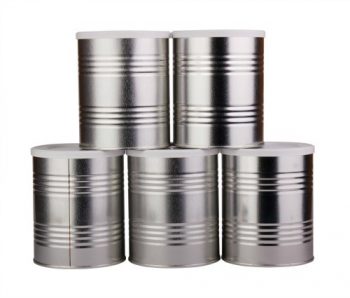


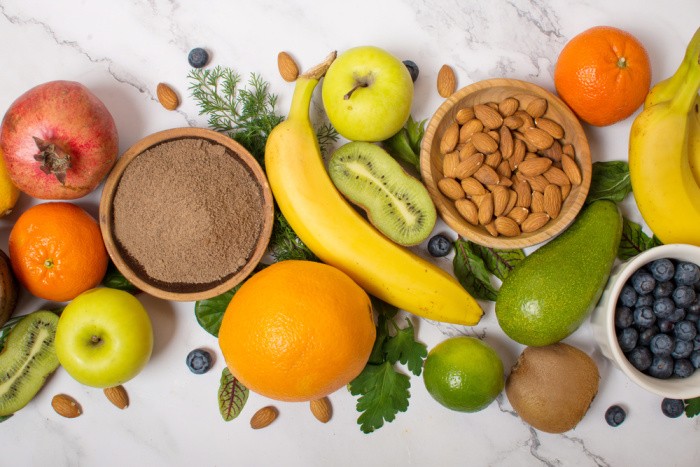
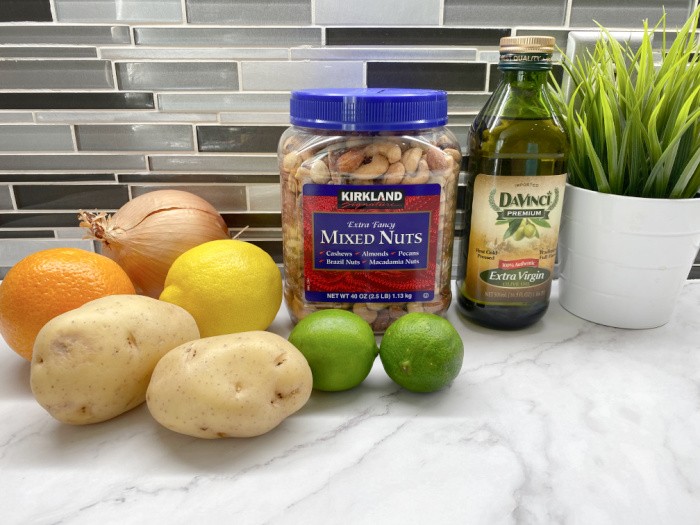

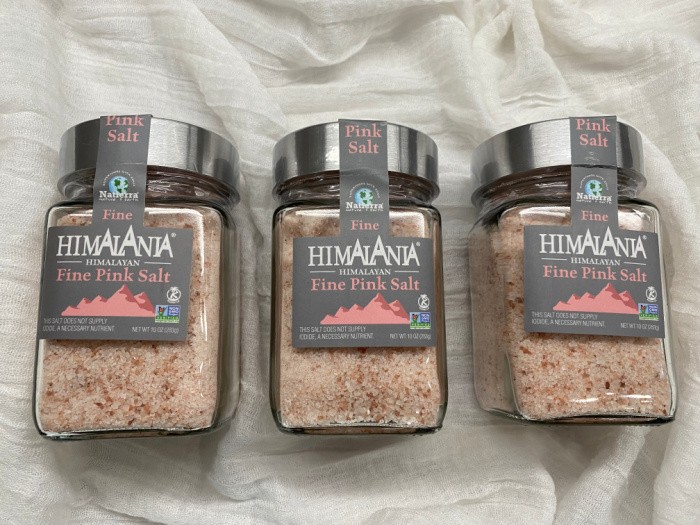
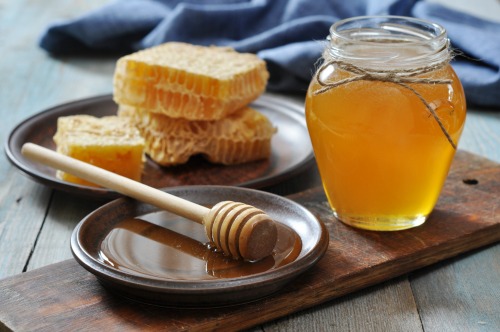



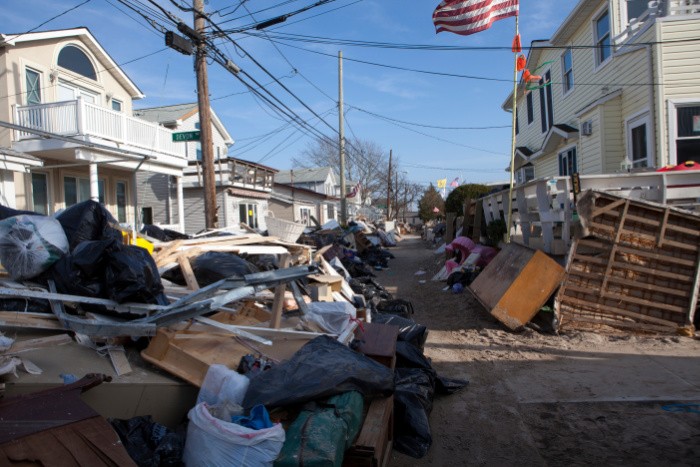
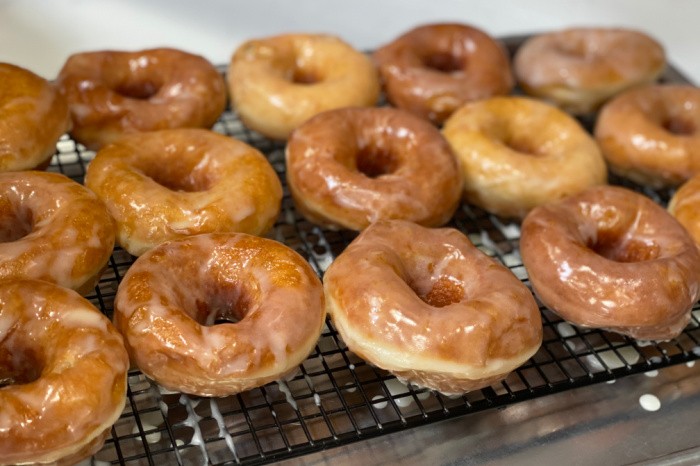
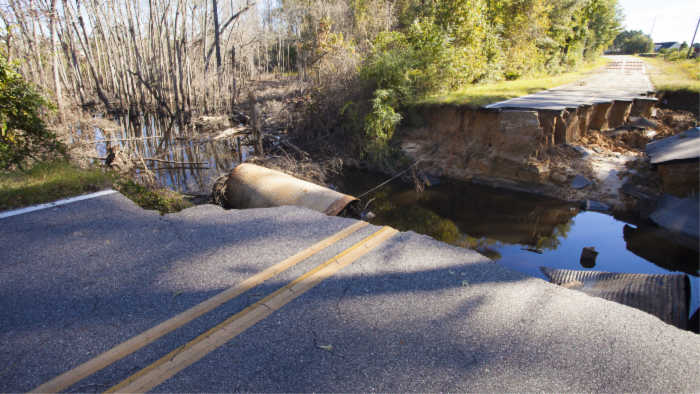
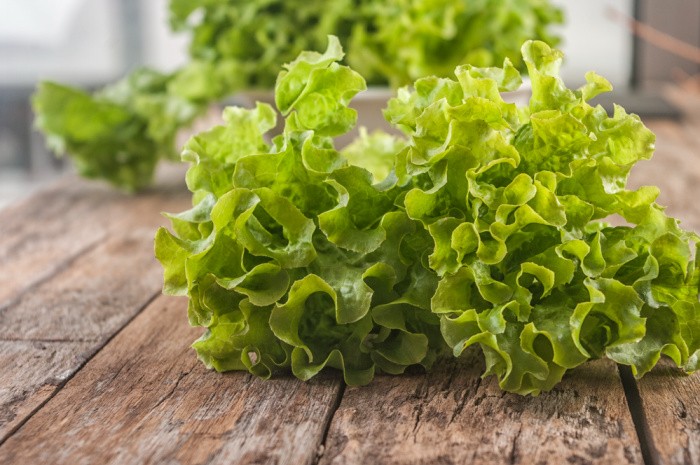
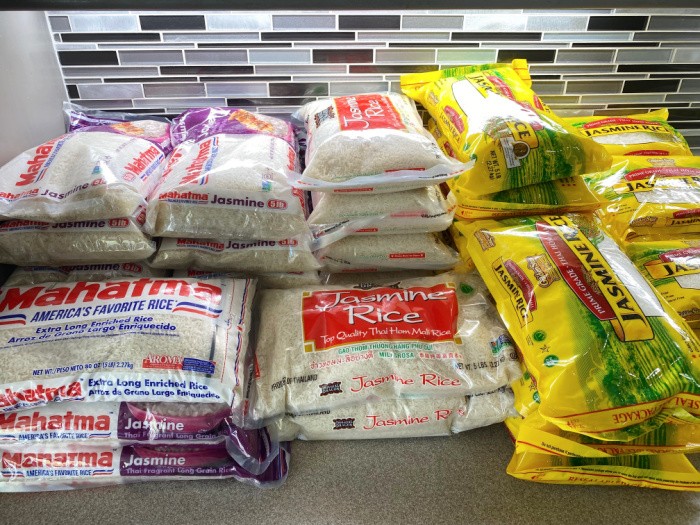
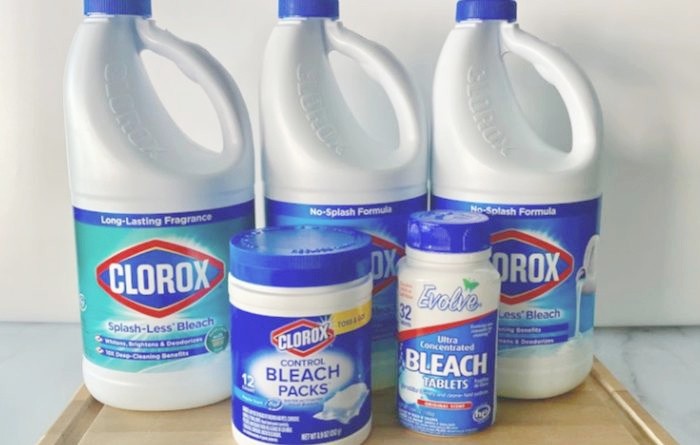
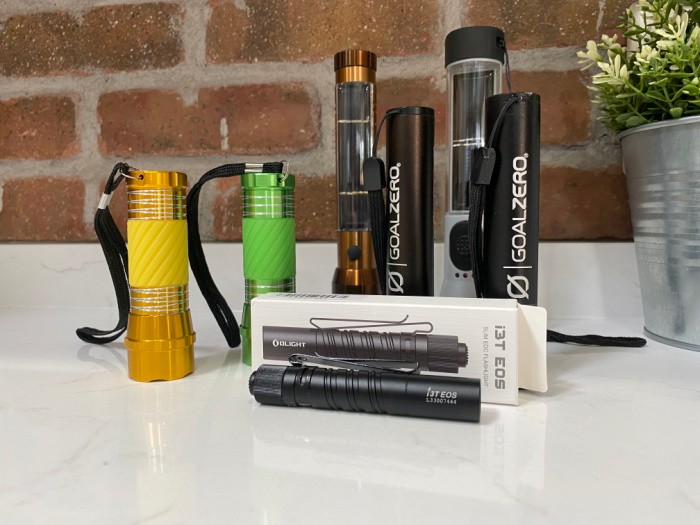
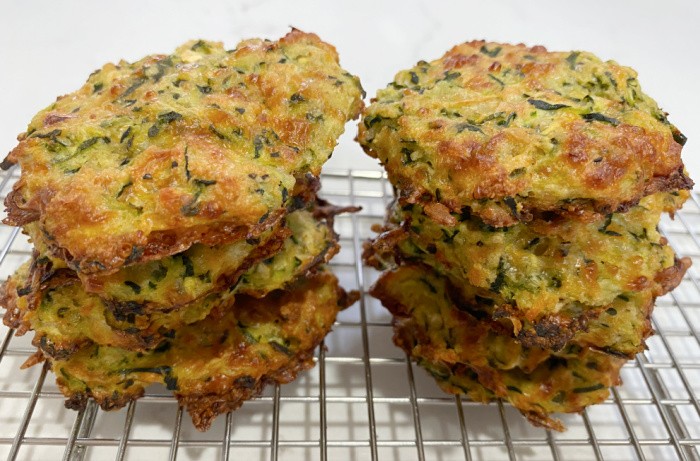
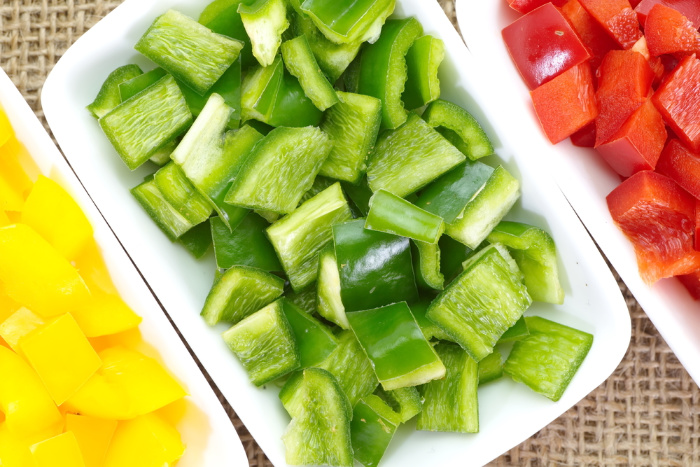


If you store any serious amount of wet packed cans of food then it’s a good idea to build (or buy) a can rotation rack. I can say from personal experience, once you reach a certain level of can storage, it’s a bear to keep everything in date order unless you have a rotation rack…
And for folks on a super low budget, consider buying some mylar bags and then storing rice and dried beans in those bags. The bags can be stored carefully on a shelf, or for more resilience, put them in plastic buckets or tubs.
And while #10 cans of premade entrees seems like a splurge, I consider having some of them essential for when everyone is sick, or at least the cooks are all sick at the same time. Being able to measure out some FD food and add hot water is something anyone can do even if they can’t cook…I never tell folks to start with #10 cans of meals, but once a basic supply of other foods are laid in, then it’s worth considering.
Hi Dmwalsh, I totally agree with you. I wish my small pantry could have a rotation rack. I had some when I had a bigger home. I saw one with 2 by 4’s and the cans rolled down through them if that makes sense. Inexpensive and a great way to rotate cans of food. Great comment as always, keep prepping! Linda
There are small units that you can put on an existing shelf. I’ve never used them myself since I went with a freestanding can rotation rack, but ThriveLife has a product line called Cansolidator you might want to take a peek at:
http://www.thrivelife.com/cansolidator-series.html
Thanks for the great articles!
If you are short on space you can build or buy rotation racks that will fit onto a wall or for a talented woodworker would be installed in between wall studs. There is even a design I’ve seen that fits in a cupboard like a 4-sided lazy susan. When you live in the sticks like I do, food storage is a priority because it is too far to make multiple trips to town. Also it is really a blessing when inclement weather is expected not to have to make a mad dash to the store! Love this blog and everything I’ve learned here. Thanks.
Hi, JoEllen, thank you for your kind words. It’s funny because I have learned from you!! The yeast packets just today! I love my readers commenting because we learn from each other. I’m like you I do not want to make multiple trips to the store. Great comment as always! Linda
Hi DmWalsh, thanks for the great tip!!! You rock! Linda
Looks like Thrive Life doesn’t have the Cansolidator items anymore, but Shelf Reliance does. Their 40-can option is at https://www.shelfreliance.com/products/cansolidator-pantry-40-cans
and it has links to other sizes as well. Fair warning: prices have increased dramatically in the last 6 years, so DIY options might be the way to go….
Hi DMWalsh, wow, Shelf Reliance was the first company then Thrive Life evolved. OUCH! Those prices have really gone up! Thanks for sharing the link. They show discontinued on Thrive Life. Thanks for the heads up. Thanks for sharing, Linda
Hi Linda,
I love your website, I love your videos and of course your book. Hmmm there is a theme going on.. I have a question for you. My husband and I built a house almost two years ago. All of my prepping supplies, including long term food is stored in my basement which has a good temperature and humidity level for storing food. I keep even my everyday canned food in the basement on shelves and rotate everything. Back to the long term food storage. Since I was building a house and selling a house during a one year period I don’t feel my long term food storage was properly stored in the best climate, as it is now. There was a time when the food could have gotten warmer than recommend. Plus it was my intention to put all food in totes. Most is, but not the #10 cans. They remain in the box they came in. Do you think the #10 cans could be infected with bugs since I didn’t put them in totes? And do you think the other food items, like Mt house and other veggies,and fruit in pouches, ordered through various long term food storage companies would also be okay. All total, I have been prepping for about five or six years. So that would be the oldest. I am now ready to start organizing my prepping supplies in my new home but am a little concerned about any degradation. Thanks.
Hi, Gram to 6, you have several questions going on here. When you say totes, are you talking about 5-gallon air-tight containers? It depends on the MH products you purchased. When they first came out, they had a shelf-life of 5 years. Now they are stating 25-30 years. I would open a few of them and try them out. If they were stored in a hot garage then yes, they may need to be eaten now. I would spot check a few pouches. All you can do is check a few of them and start using those every day that you have a question on. I may need to call you. Linda
You answered my question exactly. I agree with your assessment that I should open a few. I have always used, periodically, my long term food. Because I wanted to make sure I liked it and I wanted to incorporate it into my regular food cooking. And yes, most of my long term food is in plastic totes and five gallon food grade buckets. However, not the gamma lids, just regular lids. The only other question I have is the #10 cans. They were stored in the original box (6 in a box) and I didn’t get to set them in a big plastic tote for extra protection. Do you think the containers may have held up well enough that I wouldn’t have to open? They do have a long shelf. Boy, I don’t know if people realize you have to keep an eye on your food and how you store it. Thanks for the information, you have been super. Also, would you please let me know the name of the place you got your Berkey from. I think if I get one it will take care of an area I need to work on. Thanks again.
I always check out this website: https://www.bigberkeywaterfilters.com/ or Amazon to see which is cheaper. I prefer the black filters because they take out more bacteria, I bought the Big Berkey with 4 black filters. You can always buy additional filters down the road. Linda
I only have one No. 10 can in my pantry that is freeze dried…, it is bacon bits and I don’t dare open for just me…. I do get the No.10 cans of hominy and fruits from the local store, not freeze dried but such a savings, a one No.10 can of hominy , some Calif dried chilies and a chicken can feed an army. add a bit of dried onions and what ever in seasoning and it will fill them up.. A large No 10 can of Hominy is under $3, and many times I can get a dent can for under $2.. I have No. 10 cans of hash, country gravy,Chile without beans. corn, fruit cocktail and a few others that can be bought at WalMart or other big box stores. Many after opening, I dehydrate so nothing goes to waste.. dehydrated, it goes back on the shelf for future use.. My family love to investigate the pantry, something there they can take some home. and many of the days and nights I just eat out of the food storage.. so much easier than driving to the store and buying the items at full price..Thanks for all the info I get here, no one around me understands survival and food storage. i survive better each month by watching prices and items I can stock my pantry with.. Even the few members of my church would think I am a hoarder I believe… but my family comes first if in need and there is always some big sacks for them to take what they need.. to me it is Christmas all year long for the folks that can go in there and fill a sack….
Oh, Jeanne, I love this comment! You are awesome at what you are doing with food storage. I agree with the “it is Christmas all year long for the folks that can go in there and fill a sack…” I LOVE this, you are amazing, keep up the good work. And keep sharing your knowledge of how to cook from scratch and saving money. God bless you, my friend, Linda
Great post again Linda. As you said there are many options for food storage, we all must decide what is best for our family Thank you for helping us to learn about the options. The most important thing I think is to do something!
Great article Linda! Living in a very small house, we’ve had to get extremely creative to find storage. We have two shelf units/bookcases that comprise our everyday pantry. One shelf unit has store bought canned goods, the other dry goods like flour sugar rice beans, as well as prepackaged mixes. I can’t tell you the number of times family and friends have hit hard times. We’ve been able to put together a basic food box and tide them over for a week or two. We’ve done the same when our area has been hit by massive hurricanes; rural areas being among the last to get help.
We do have some long term food storage, freeze dried, simple to use, nutritious. Working on mastering gardening so we can dehydrate any excess crops. Multiple layers/options of food storage gives us choices.
This wasn’t accomplished in a week, but over the course of 20 years. It started with extra cans of tuna or tomato soup. Only in the last 5 years have we had the resou to add freeze dried long term food items. Remember, it’s a journey not just a drive around the block!
Hi BDN, this is a powerful comment! I love it! It is a journey and we don’t do it a day, week, it takes a few months and years to accumulate what we need. I love your comment, its a journey not just a drive around the block!! Love it! Linda
My daughter is 40 and she still shops at Mom’s grocery sto
Hi, Gram to 6, I think it’s great we can share our bounty with family. Linda
I grew up in Wyoming and my mom was a Depression Kid, so between locale and mom’s need to have extra in the house, I grew up with prepping as a way of life. When I lived at home, she was more into bulk buys…but when I got married and moved out, I didn’t stock up much at first (mostly due to a very tight budget). And then my Hubs got sick with cellulitis in his legs at 27…and he’s had repeat bouts ever since, sometimes 2-3 times a year. If the docs at the hospital listen when we get there, he can be in-and-out in a couple days…or several weeks. Point being? We had no idea what brought it on, we had no warning, and we had four small boys. People can’t afford some sort of food storage? I say you can’t NOT afford it.
When he got out of the hospital the first time, I started slowly learning to garden and can and put extra food in our pantry. I never worried about whether my kids would be fed again. We could lose the house…but I knew I had food for the boys. Now we have a variety, from short to long term; it’s not nearly as complete as I’d like it to be…but is it really ever? It’s been several years since his most recent bout and I realized that my canning jars are mostly empty and collecting dust at the moment. We’re in that transition to empy-nesters now and might be facing a PA to Iowa move in the next couple of years, so we’ve been discussing how we want to deal with the stock we still have. One thing is for sure, with a variety in your pantry, you can be ever-evolving with your preps! 😉
Hi Stacey, oh my gosh Cellulitis is so dangerous!! My daughter has had it a three maybe four times, you are right if the doctors listen to you they can prescribe the right medication. Now, my daughter TELLS them I need this_______ ASAP. Luckily they know her now and get her started on it ASAP. I can’t imagine having your husband the breadwinner it sounds like and having four little boys with that many bouts of Cellulitis. I love hearing you grew up prepping before prepping was a word. It was a way of life for both of us. I LOVE your statement: I say you can’t NOT afford it. Now if we can teach the world to “get it”! I love PA, PA is on my bucket list to go see it once more. I have never been to IOWA! My bucket list is to step foot in every state in the US. Good luck on your journey to empty nesters. Mark and I are in that phase. Life is good! Linda
When our family was young we moved out of the BIG city to a very small town in the north west. The pay difference was huge but we felt it was a much better place to raise our boys. The money was very tight! So we planted a big garden and canned everything that we didn’t eat up fresh. My husband is a very talented man and was able to do extra jobs beyond his daily carpenter work. Sometimes the pay was money but many times it was trade. He built a shed and the payment was half a hog. When people at church had finished putting up what they wanted out of their gardens they would call me to see if I would like to come and pick the produce still coming. And I did. The boys and I would go and pick the last of the green beans, cucumbers, peppers, tomatoes, etc. And again we would can up their extras. There were people that had grape vines or fruit trees and they just didn’t want to deal with it. They would ask us and again we’d load up and go pick their free fruit. In the spring we would pick asparagus free from the roadside. Back then you could still glean the fields and we did for potatoes. (Now the disk goes right behind the digger so that any remaining potatoes are destroyed and people can no longer glean…which is sad)
A 25# bag of rice, some wonderful beans and split peas, all make for a healthy filling meal. Oatmeal in bulk is not expensive and is a yummy breakfast. (I would recommend freezing it for a week- that kills any eggs that may want to hatch later.)
The reason I’m sharing this is say that food storage doesn’t have to be expensive – we had very little money but ate well.
Hi, it sounds like you and I did the very same thing raising our kids. We were thrilled when others did a shout out for extra fruits. We grew all the vegetables we could preserve and give away as gifts. We saved so much money and our family worked together to harvest our bounty. Then we preserved it and it taught my girls to work. Great comment, you are so right, food doesn’t have to be expensive. God bless your family. I love your comment! Linda
I do all of the above. I have #10 cans, 5 gal buckets of rice, wheat, oats, and I love to can. The USDA book about canning has this great recipe for chili. It is fantastic.
Hi Janet, you know I love hearing you used a chili recipe from the USDA canning book! I love chili! They have the safest recipes for canning. I love hearing you are so well prepared, keep it my friend, you rock! Linda
Linda – I cannot figure out why in the world I never commented on this post back when it was first published!! (perhaps my age???)
Having read the post and comments, I will go with my perspective! I believe in having a comprehensive storage even though I live alone. I have #10 cans of ingredients; mylar bags of ready to add water and eat meals; commercially canned (from the store) foods; cooking and baking essentials.
One thing that I will say about myself, however, is that I want a variety of foods and ingredients. Hence the long-term storage (freeze dried) cans, ready to heat and eat meals (very useful when things are very stressful or one is sick), grocery store items for immediate use.
I have always believed in “store what you eat and eat what you store” philosophy. So, most of my food storage is what I eat on a regular basis minus fresh produce and meats. I have the long-term storage for dire emergencies.
For those who are new to storage and wanting to store long-term foods, look for companies that offer sample packs (few and far between in my opinion) so you can try before committing a lot of money to foods that you don’t like. Also, it is of great benefit to listen to those of us who have been storing for years – we have tried and have determined which companies offer the best of the best!!
Hi Leanne, I think we all have different brands for that very reason. We have to know the price per ounce, the quality and where it is sourced from and it we like it. I remember the TVP (I can’t remember what the letters stand for other than the P is Protein). I can still smell that stuff 40 years later, nope i can’t eat it. LOL! Textured Vegetable Protein, that’s it! I wish I lived where I could get fresh food daily, but that’s not going to happen. I use my LTS every day. I rarely have to go get bell peppers because I use my freeze dried ones. My motto hasn’t changed, one can at a time. Linda
Really love the picture of your pantry. Its an inspiration.
Also, really like the idea of a can rotation rack, but need one that will fit in my small apartment. Has anyone seen any on Amazon ?
Hi Kenneth, thank you, my friend. They didn’t work for me so I made extra shelves, lots of pantry shelves in my last home. Linda
I sold my big house with a big pantry and moved into an apartment where pantry space is much less, so I’m always looking for ideas on how to maximize my space.
Hi Kenneth we downsized this time to 1000 square feet. This is the smallest home we have ever owned. We did a LOT of decluttering before we made this move. It’s been hard, we had our stuff in a climate controlled storage unit for almost 3 years. The builder took a lot longer than we had expected. Plus, the city has their building codes to follow. My only option was to build shelves on one wall. It works fine but I wanted them 24 inches deep, but they didn’t listen very well to me. So I have to make do and be thankful I have a home. You can do rolling carts against a wall if you are renting. They work great. Linda
I would love to have more of the #10 cans like Thrive Life, etc. Living NOT in Utah, stuff like that just isn’t available. Every once in a blue moon Costco will have a promotion but it’s huge, like a pallet and costs $600 or more. Way out of our budget. I did notice that Winco Foods here in Reno sometimes have Auguson Foods. I’ll have to check for the “real” stuff, etc. That was a good reminder, Linda-thanks! We went to once of our Stake Emergency Preparedness Fairs and my husband won the raffle for a variety pack-type bucket. It’s in our basement but I really should use it and see how it all works. I did finally buy one of those mason jar sealers-another something I need to try! I want to make dry sauces/mixes as soon as I can figure it all out! Gotta be on a good day, which are few and far between anymore. LOL
Linda,
This is another in a long line of great articles. Jane and I are blessed with a very large walk-in pantry with a ten foot ceiling. The pantry is air conditioned as is necessary here in the desert. In addition to a large variety of freeze dried, dehydrated, canned and home canned foods, I store filtered water in my quart and pint sized canning jars, enough to rehydrate or cook the food with. I believe I learned that from you. We also have some Heater Meals. These are MRE’s sized for civilian appetites, that are self heating. They are surprisingly tasty.
We also have flour, rice, and oats stored in mylar bags with O2 absorbers in 5-gallon buckets. I don’t use the oxygen absorbers when storing sugar as I’ve heard that makes your sugar rock hard. I do use desiccant packs with it though.
I am slowly moving away from using mylar and O2 absorbers because with the Dicorain I can vacuum seal flour, oats and rice in quart mason jars, which are much more convenient to open and reseal.
One quick note about home canned goods. I’m an experimenter. In 2018 I canned a couple of dozen pint jars of chicken thighs. Over the years I’ve used them sparingly, until I now have only two left. I know the canning websites and books recommend using home canned products within two years but two days ago I used one of those jars while making chicken fried rice and it was delicious. That jar was six years old. I’m not recommending this for everyone, but it has worked for me. Nothing I have home canned has ever made me feel ill, but I have pitched a couple of 4 year old jars of green beans that didn’t smell right when I opened them. Better safe than sorry.
Hi Ray, oh I bet your pantry is awesome!! I have never canned water, so you probably learned that from someone else. When Mark and I took the Master Canner Preserver class they suggested one year on home canned foods. Back when I was canning everything I could get at decent prices and 4 daughters to. help can, I know we ate peaches that were 4 years old. I think you go with your gut and your nose when deciding if the jars are safe. Now, the USDA says you cannot smell botulism, I get that, but you and I are not rebel canners. They do not follow any safety guidelines. Linda
Linda, sorry for the misunderstanding but I don’t can water. I simply fill mason jars with filtered water and store it on my pantry shelves.
Hi Ray, that’s a great idea! Water is water and we need a lot of it stored, great idea! Linda